Growth in Smart Home Technology
The integration of smart technology into home appliances is significantly influencing the Home Appliances Glass Market. As consumers increasingly adopt smart home systems, there is a growing demand for appliances that feature glass components capable of integrating with these technologies. Smart appliances often utilize glass displays for user interfaces, enhancing functionality and aesthetic appeal. The market for smart home devices is projected to reach substantial figures in the coming years, indicating a robust growth trajectory. This trend suggests that manufacturers in the Home Appliances Glass Market must innovate to meet the evolving needs of tech-savvy consumers, potentially leading to increased market share and profitability.
Expansion of E-commerce Platforms
The rise of e-commerce platforms is transforming the way consumers purchase home appliances, significantly impacting the Home Appliances Glass Market. Online shopping offers convenience and a wider selection of products, allowing consumers to compare features and prices easily. Recent statistics show that e-commerce sales in the home appliance sector have surged, indicating a shift in consumer purchasing behavior. This trend suggests that manufacturers and retailers in the Home Appliances Glass Market must adapt their strategies to enhance online visibility and optimize the customer experience. As e-commerce continues to grow, it is likely to play a pivotal role in shaping market dynamics and driving sales.
Rising Demand for Energy Efficiency
The Home Appliances Glass Market is experiencing a notable shift towards energy-efficient products. Consumers are increasingly prioritizing appliances that not only reduce energy consumption but also contribute to lower utility bills. This trend is driven by heightened awareness of environmental issues and the rising costs of energy. According to recent data, energy-efficient appliances can reduce energy use by up to 50%, making them an attractive option for consumers. Manufacturers are responding by incorporating advanced glass technologies that enhance insulation and reduce heat loss. This focus on energy efficiency is likely to propel the Home Appliances Glass Market forward, as more consumers seek sustainable solutions that align with their values.
Consumer Preference for Modern Design
Aesthetic considerations are becoming increasingly important in the Home Appliances Glass Market. Consumers are gravitating towards modern, sleek designs that incorporate glass elements, as these products enhance the overall look of their kitchens and living spaces. The demand for visually appealing appliances is reflected in market data, which indicates that products with glass finishes are often perceived as more premium. This trend is likely to drive manufacturers to invest in innovative designs that combine functionality with style. As the Home Appliances Glass Market evolves, the emphasis on design will play a crucial role in attracting consumers and differentiating products in a competitive landscape.
Increased Focus on Health and Hygiene
The Home Appliances Glass Market is witnessing a heightened focus on health and hygiene, particularly in the wake of increased consumer awareness regarding cleanliness. Glass surfaces are often preferred for their ease of cleaning and non-porous nature, which helps in maintaining hygiene standards. This trend is particularly evident in kitchen appliances, where glass components are favored for their ability to resist stains and odors. Market Research Future indicates that consumers are willing to invest in appliances that promote a healthier living environment. As a result, manufacturers in the Home Appliances Glass Market are likely to prioritize the development of products that emphasize hygiene, potentially leading to increased sales and market growth.


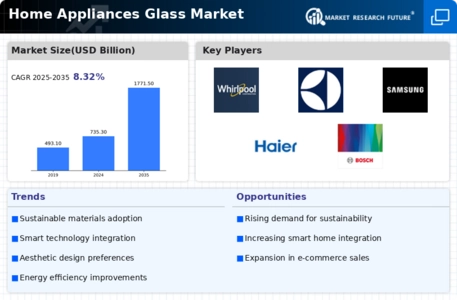
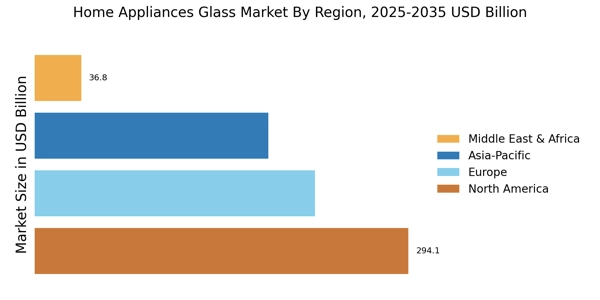
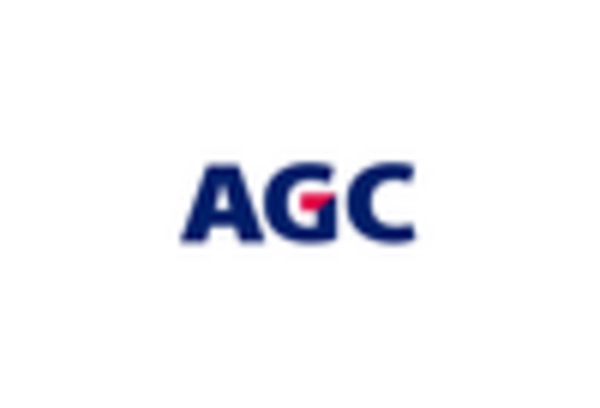


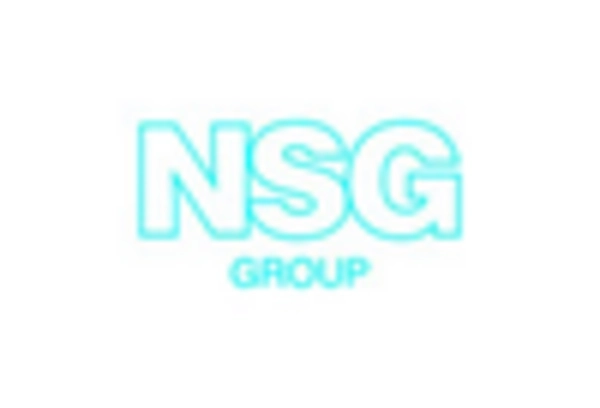

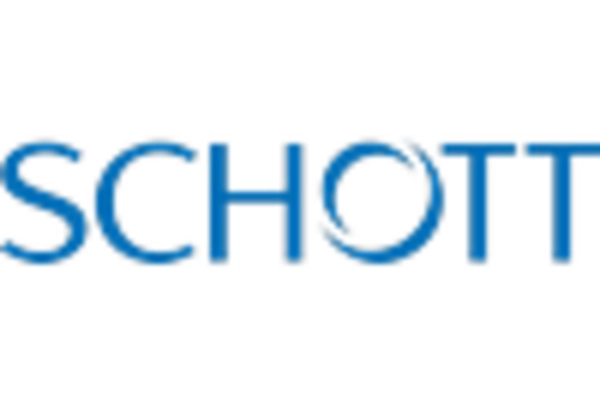








Leave a Comment